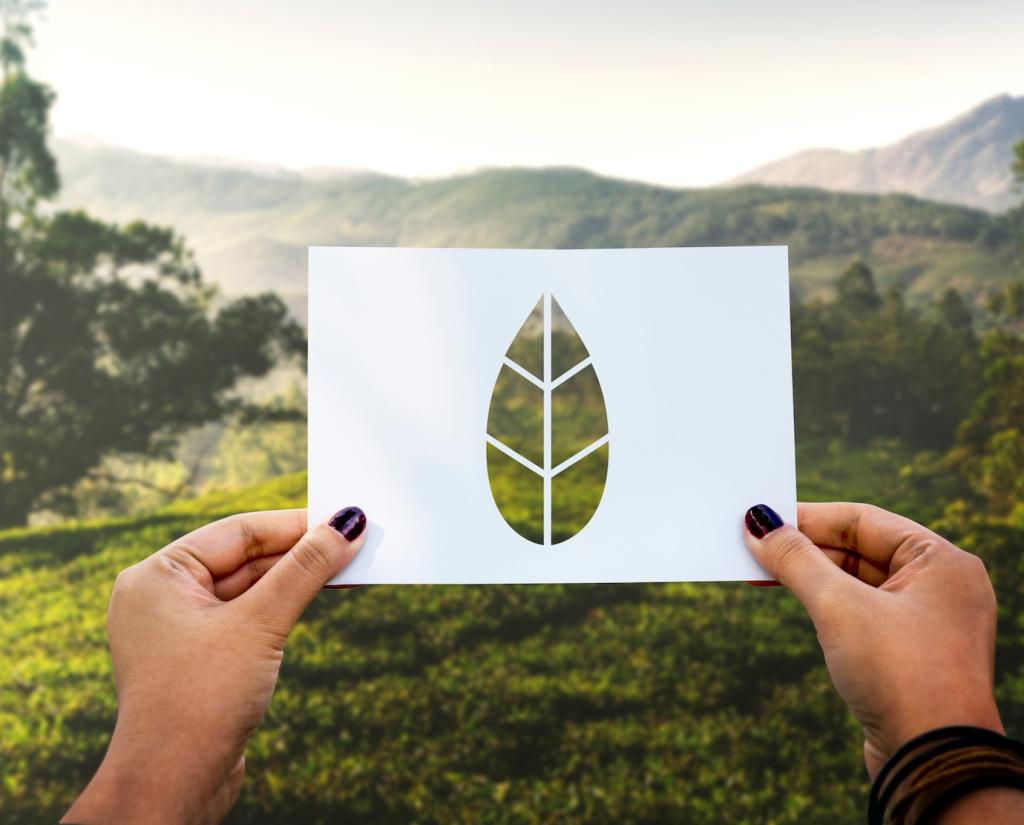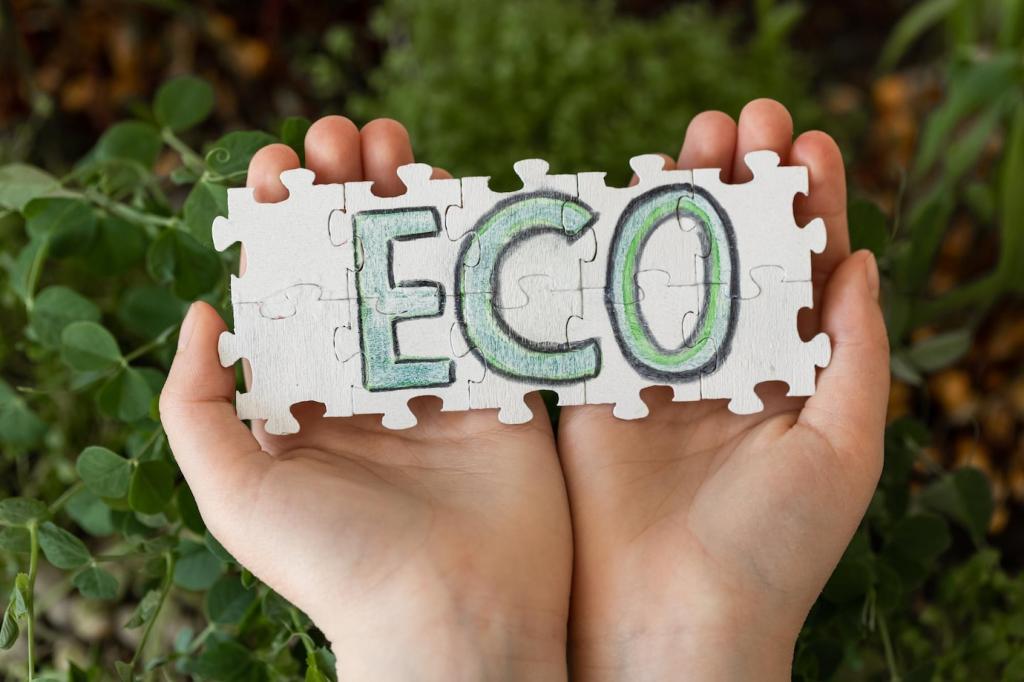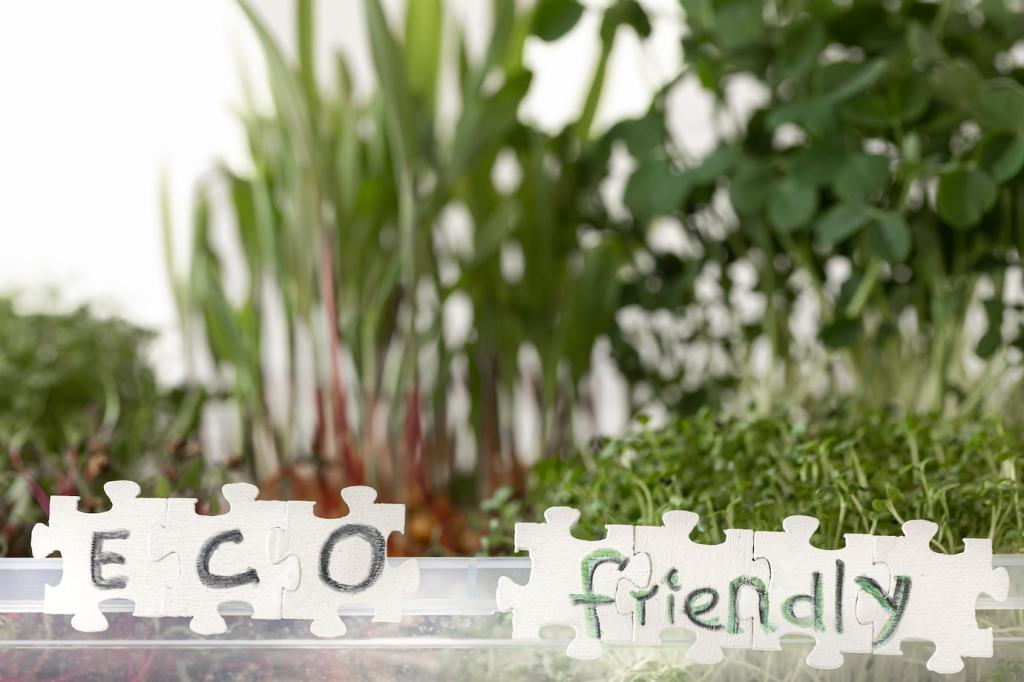Application Techniques That Save Product and Planet
Use a high-quality synthetic brush for waterborne coatings, a fine foam roller for flat expanses, or an HVLP sprayer for ultra-even films with minimal overspray. Clean tools promptly with water when possible, extending their lifespan and reducing solvent use during project turnover.
Application Techniques That Save Product and Planet
Stir gently, avoid bubbles, and lay down multiple thin coats rather than one thick layer. Respect recoat windows and temperature-humidity guidelines. Thin coats reduce sags, cure more predictably, and deliver better clarity, which is especially noticeable with clear waterborne varnishes over richly figured woods.
Application Techniques That Save Product and Planet
Seal end grain carefully—it drinks finish and is a common failure point. Pay special attention to table edges, chair rungs, and joinery shoulders. A slightly heavier first coat here, followed by consistent build, helps block moisture and everyday wear from weakening beautiful furniture.








